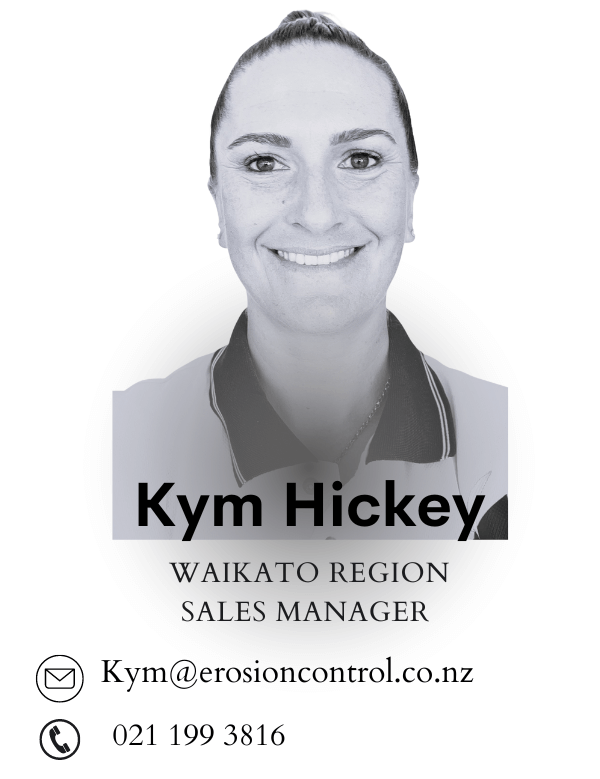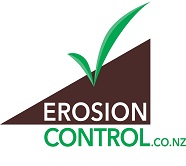
Today is World Habitat Day
Thinking outside and Inside the Box
A major concern of World Habitat Day – which falls this year on 3rd October – is the impact of progress on habitats and the environment. Amongst other concerns, it places a strong emphasis on the importance of water quality in ecosystems, an issue of which we at Erosion Control are all too aware; so, in this communication, we’re going to bring you two examples of how we do our bit to help. The first, a project at Ruakura in the Waikato, is an illustration of our ability to think outside the box, and the second, an insight into the process that makes our flagship Floc Boxes™ so effective, will show you what goes on inside the box.
Ruakura, Waikato – Simply Brilliant
Ever wondered what’s inside a Floc Box™ ?
Since winning the 2016 IEVA award for Excellence in Innovation, Contribution and Education to the Sediment and Erosion Control Industry, Erosion Control’s Floc Boxes™ are to be found on sites all over New Zealand and Australia and are at the forefront of our drive to help settle out sediment from site run-off to prevent it entering the surrounding water system. But have you ever wondered how they work? Well, the principle is pretty straightforward:
- The catchment tray discharges collected rainfall to a header tank
- The header tank is designed to simulate the runoff hydrograph and discharges water to the displacement tank accordingly
- When the displacement tank, which floats in the flocculant reservoir becomes sufficiently filled with water, reagent is displaced through the flocculant reservoir’s outlet point, flows to the dosing point and out into the sedimentation pond
That’s it in a nutshell. You can download the brochure here, or, if visual’s more your thing, you can check out the process by clicking here to watch this cool little video.
And finally, just a heads up that this month will also see another important date on the International Environmental Calendar. This year, World Sustainability Day falls on 26th October – but we’ll have a lot more to say about that one when the time comes around.
For more information please contact:
𝐀𝐮𝐜𝐤𝐥𝐚𝐧𝐝 𝐑𝐞𝐠𝐢𝐨𝐧 – 𝐖𝐞𝐬 𝐋𝐚𝐰𝐫𝐞𝐧𝐜𝐞 𝟎𝟐𝟕 𝟒𝟖𝟕 𝟓𝟗𝟐𝟗
wes@erosioncontrol.co.nz
𝐖𝐚𝐢𝐤𝐚𝐭𝐨 𝐑𝐞𝐠𝐢𝐨𝐧 – Kym Hickey 021 199 3816
kym@erosioncontrol.co.nz

Get in touch
171 Postman Road, Dairy Flat, Auckland / 45G Duke Street, Frankton, Hamilton



